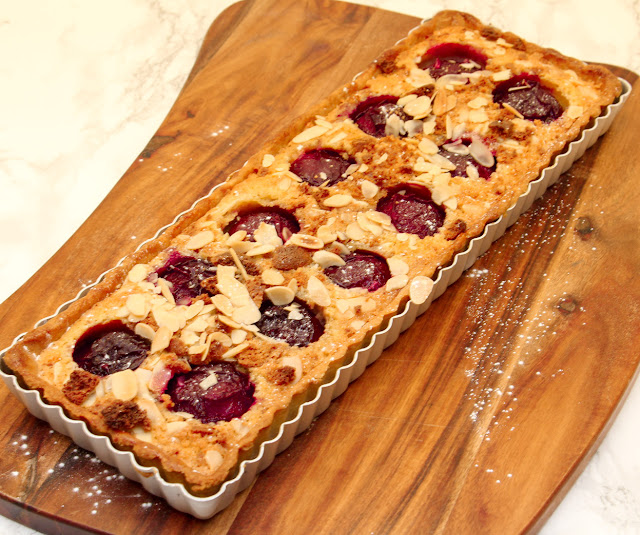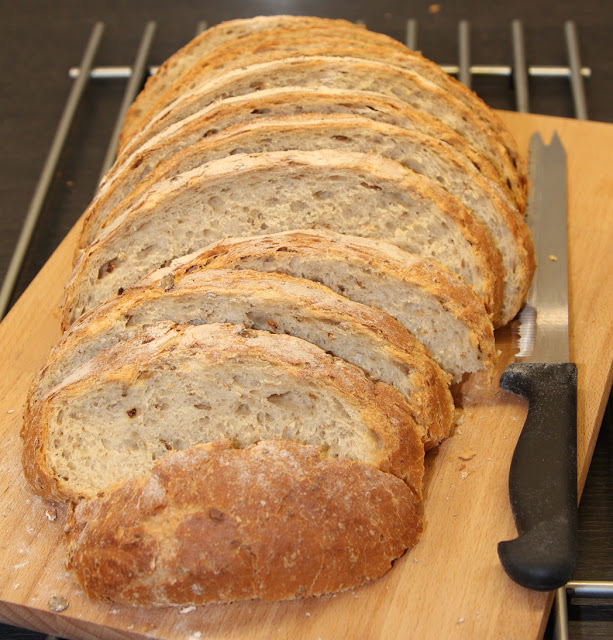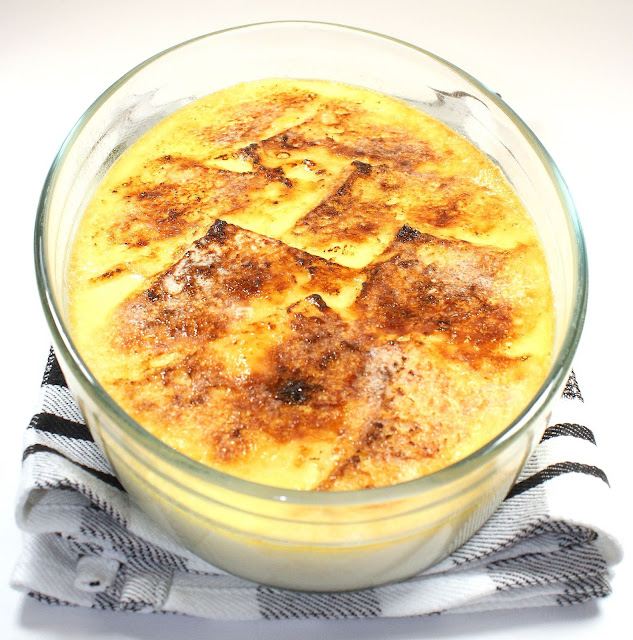I bought these plums on a whim from the supermarket, they're what I call the dreaded 'ripen at home' which often translates to 'never will ripen at home'. Why do I do it? This time they were kind to me and ripened at home in a good 10 days after purchase without going mouldy which is a first.
Fortunately the plums were delicious, which is a blessing, especially after I had taken a fair amount of time making this fabulous tart which is topped with crushed Amaretti biscuits and flaked almonds.
I mainly buy Amaretti biscuits before Christmas and these together with flaked almonds make the most glorious crunchy topping for the ever popular frangipane bake.
Thermomix Instructions in Italics
You will need: Oblong tin deep fluted tart tin with loose base.35cmx10cmx3cm
For the pastry:
175g plain flour, plus extra for dusting
75g cold butter, cubed
25g caster sugar
1 medium egg, beaten with a splash of water
For the filling:
75g butter, softened
75g caster sugar
2 eggs, beaten
75g ground almonds
2 tsp plain flour
½ tsp almond extract
6 plums halved and stoned
For the topping:
Crushed Amaretti biscuits
Flaked Almonds
1. Place the flour and butter in a food processor and whiz until the mixture resembles breadcrumbs. Add the sugar and mix in briefly, then add 3 tablespoons of the egg and water mixture. Whiz until the dough just comes together.
Place the flour, butter, sugar and 3 tablespoons of the egg and water mixture into the TM jug 20 Secs/Speed 4.
2. Chill the pastry for 30 minutes. Remove from the fridge and allow to come to room temperature. Roll the pastry out on a lightly floured surface and line the tin,
3. Preheat the oven to 190°C/170°C fan/ Gas 5 and place a heavy baking sheet inside on the oven rack to heat up.
4. Prick the base of the pastry all over with a fork, now chill in the fridge for 30 minutes.
5. Line the pastry case with crumpled baking paper and spread over a layer of baking beans. Bake for 10 minutes. Remove from the oven and remove the baking paper and beans. Return the part baked pastry case to the oven for 10 minutes until light golden brown. Leave the pastry case in the tin to cool on a rack.
6. Now make the frangipane filling by placing the butter and caster sugar into the food processor, whiz briefly. Add the ground almonds, flour, eggs and almond extract. Whiz again until smooth.
Add the butter, caster sugar, flour, ground almonds, almond extract and eggs to the TM jug 1 min/speed 3.
7. Reduce the oven to 180°C/160°C fan/Gas 4. Pour the frangipane into the tin, Arrange the plum halves cut down side on top of the filling. Scatter over crushed Amaretti biscuits and flaked almonds.
Bake for 45 minutes until the tart is golden brown. Cool on a rack.



















































